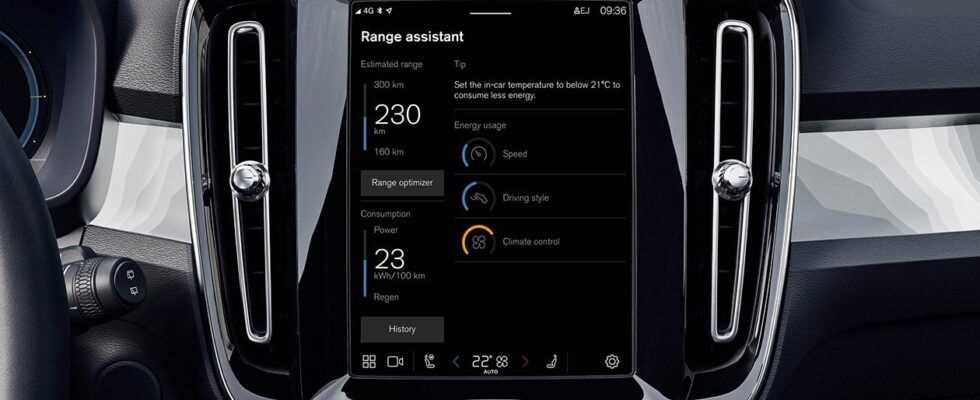Visiting the workshop was yesterday. Today, cars can be updated and optimized remotely via mobile communications. The so-called “over-the-air updates” are not only increasingly standard for e-cars. This has advantages and disadvantages for the consumer.
We have long been used to it with cell phones and computers: The devices update themselves automatically and in the background at regular intervals. The next time you switch it on, there are suddenly new functions or nicer graphics. Ideally. Sometimes well-loved operating routines are also left out. Or the beautiful display impairs the speed of the graphics processor so much that it is no longer possible to work smoothly. Tesla made the technology popular with cars. The computer-savvy community immediately accepted wireless remote maintenance, happily welcomed each new update round and excitedly looked for new functions. The classic manufacturers initially viewed this rather suspiciously: Does someone bring an unfinished product onto the market and also sell the constant improvements as a special event? The accusation quickly spread that companies like Tesla were abusing their customers as so-called beta testers. In office and entertainment software, this is the name of users who test the games or programs in advance and find bugs before the product officially goes on sale. Modification Makes repairs to vehicles in customer hands easier. Because for certain updates and the installation of new functions, vehicles no longer have to be ordered to the workshop. Safety-relevant functions are generally excluded from remote maintenance, but infotainment, general operation, certain chassis functions or parts of the electricity charging system can certainly be updated remotely. However, Tesla has already solved a brake problem on the Model 3 with an update. Updates can hide problems For this reason, the Volkswagen Group also relies on OTA updates. Since autumn, for example, the ID models have been updated every twelve weeks free of charge via mobile communications, which offer new functions and bug fixes. At the start in September there were, among other things, improvements in the image processing of the front camera and modifications to the graphics of the on-board screen. In addition, the light strip under the windshield now provides information on energy-saving driving and information relating to automatic distance control. VW is already offering similar offers for the Golf, with other models to follow. Manufacturers such as Audi, BMW, Mercedes, Volvo and Ford have long since had OTA-capable vehicles in their range. This software support is advantageous for the customer, as it keeps the on-board electronics up to date even years after delivery. On the other hand, experts such as the ADAC fear a lack of transparency in the updates. Errors could be eliminated secretly, quietly and quietly without the customer knowing of their existence.OTA as a source of money for manufacturersIn the foreseeable future, no manufacturer will want to do without wireless updates. Because new business models also depend on technology: In addition to free updates, more and more manufacturers are also offering downloadable special equipment. For example, navigation software can be installed or even better driving lights activated for a fee. At Audi, for example, you pay around 260 euros a year to use the LED matrix headlights. Here, too, the manufacturers are relying on growing customer acceptance of such models – trained in software, streaming services and other digitized services.Taycan failed due to OTA However, the technology and the associated services are not yet fully developed. Porsche recently had to experience that, for example. The sports car manufacturer wanted to provide its Taycan electric sedan with new functions over the air, but the amount of data was too large for the air interface, so that the affected customers had to go back to the workshop with their highly networked high-tech cars. This caused amusement and ridicule on the internet. Another kind of stumbling block can be seen at the electric car builder Polestar. The Volvo subsidiary has recently started offering its customers an engine power upgrade: new software can be installed via mobile radio that extracts an extra 50 kW / 68 hp from the electric drive. Cost: 1000 euros. What customers only see in the small print: The increased performance means that the vehicle’s operating license is no longer valid. If you want to continue to use it, you have to have an individual acceptance carried out by the state inspection agency / MA46. The insurance company must also be informed. No more attractive prospects for a few more horsepower. The offering is likely to be aimed primarily at customers in other, less regulated markets, and despite such difficulties, wireless software updates could ultimately benefit manufacturers and customers alike. Whether the latter in particular will become fans of the technology, however, also depends on how well they succeed, how transparent they are and what user benefits they bring. (SPX)
source site-13
